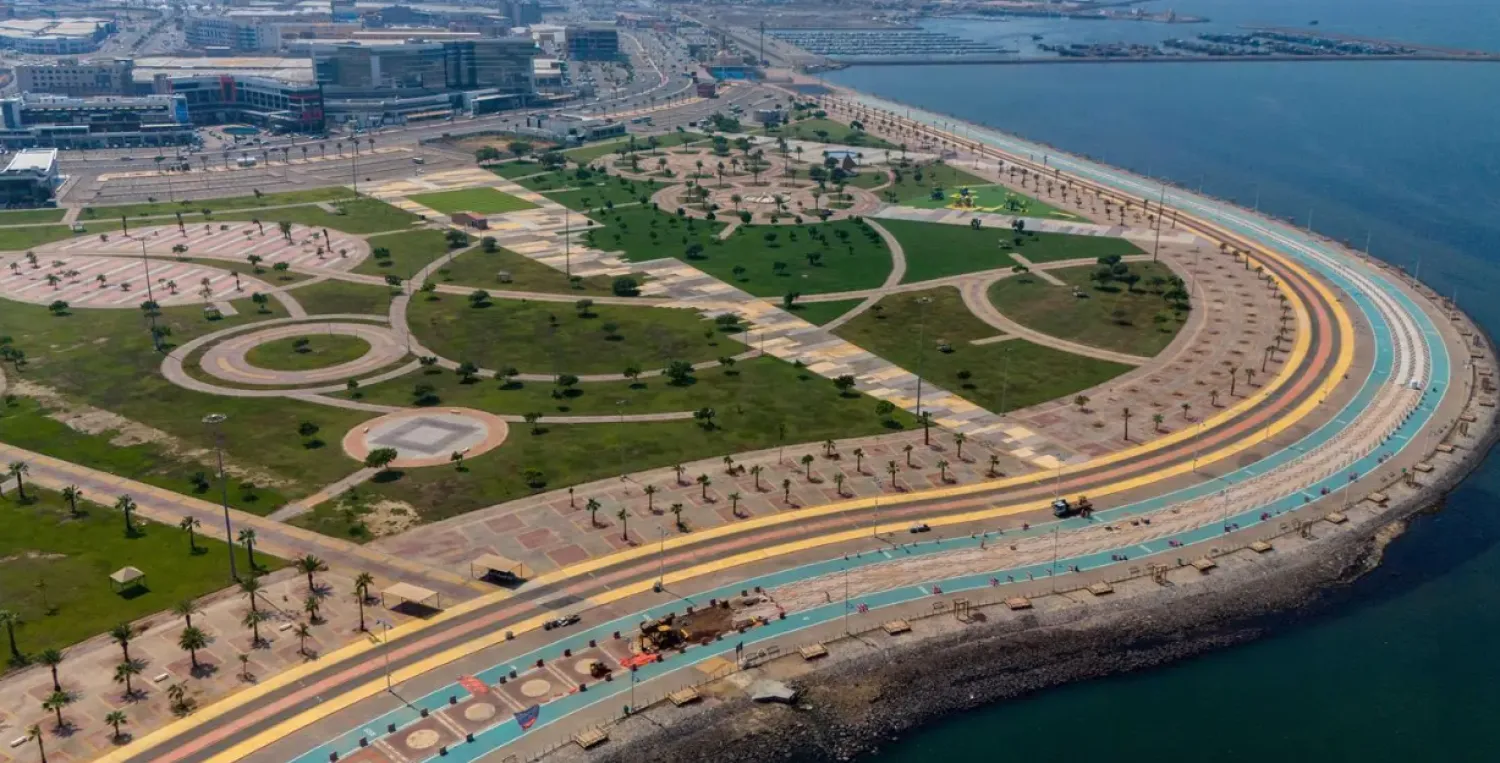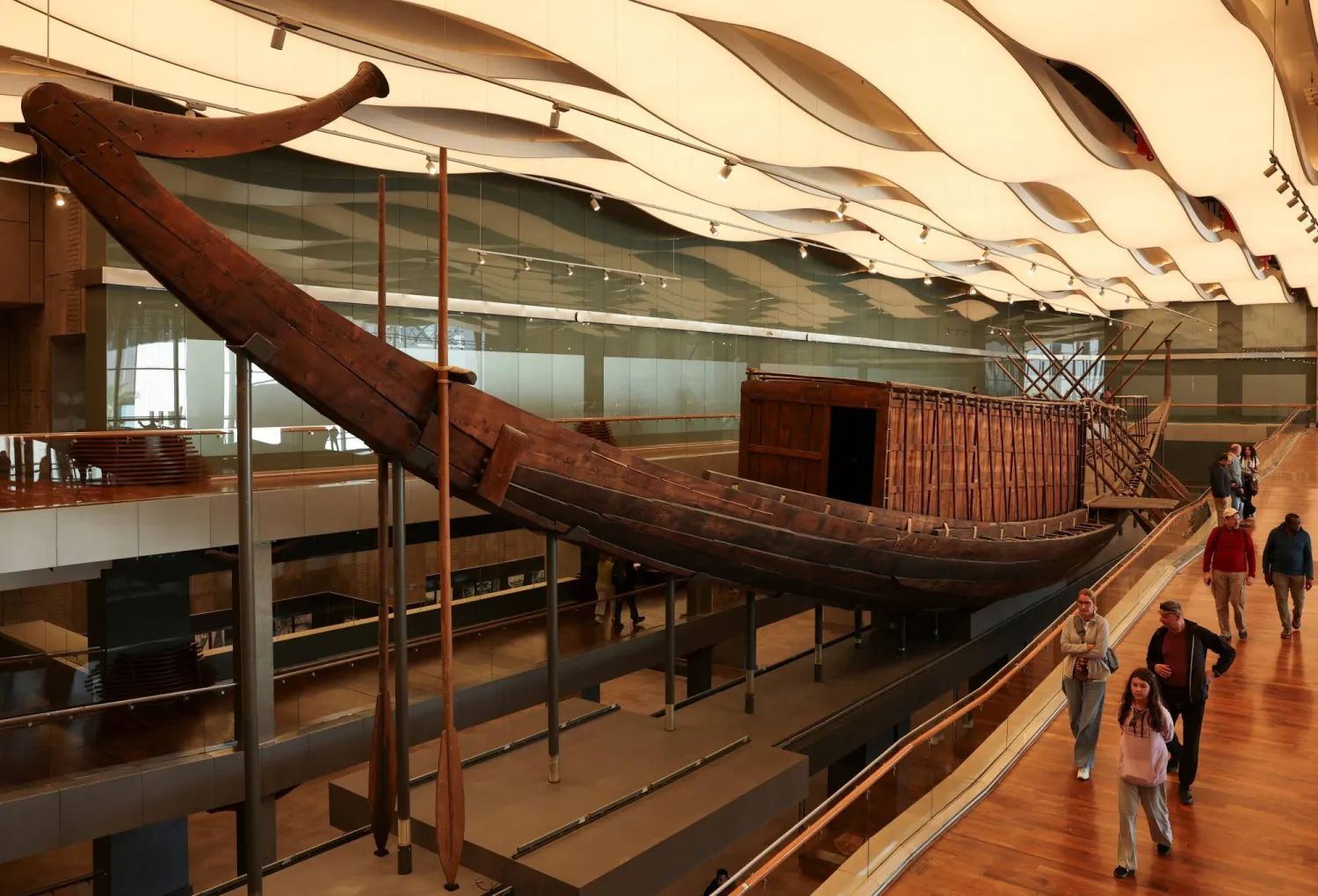Saudi Arabia’s pavilion at Expo 2025 Osaka has attracted more than one million visitors, reaching this milestone just over two months after its official opening on April 13. Since then, the pavilion has hosted more than 1,137 events across the Expo site, according to SPA.
Saudi Ambassador to Japan and Commissioner General of the Kingdom’s Pavilion Dr. Ghazi Faisal Binzagr described the achievement as a testament to the Kingdom’s transformative journey under Vision 2030 while also promoting cultural exchange and sharing its rich heritage with the world.
Dr. Binzagr stated that the Kingdom’s participation in Expo 2025 Osaka underscores the strong and enduring ties between Saudi Arabia and Japan, especially as the two countries mark the 70th anniversary of diplomatic relations. He noted that the pavilion aims to inspire visitors by illustrating the Kingdom’s advancements and ambitions on the global stage.
The Kingdom’s involvement in Expo 2025 also serves as a prelude to Expo 2030 Riyadh, reflecting Saudi Arabia’s aspiration to become a global destination.
As the second-largest pavilion at the event, after host nation Japan, the Kingdom’s structure is built using lightweight Saudi stone and features a unique design that offers a spatial journey through cities across the Kingdom.









